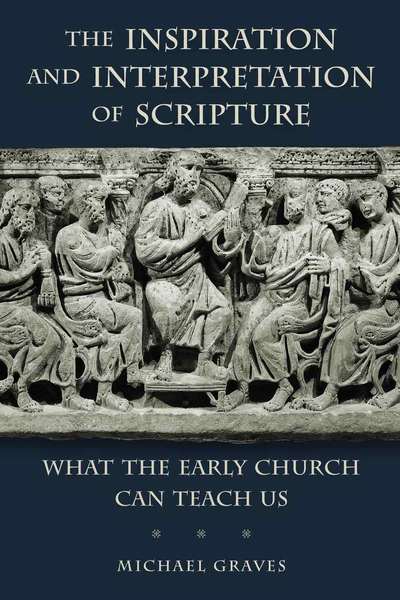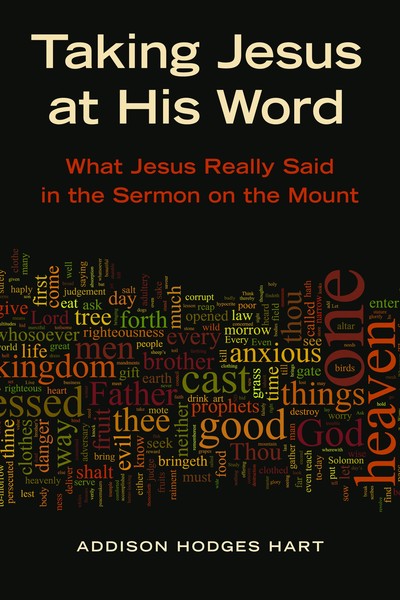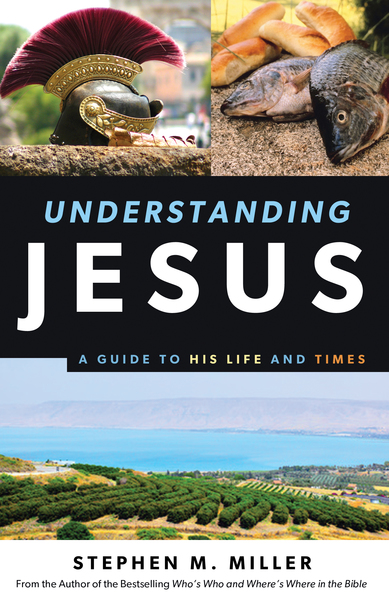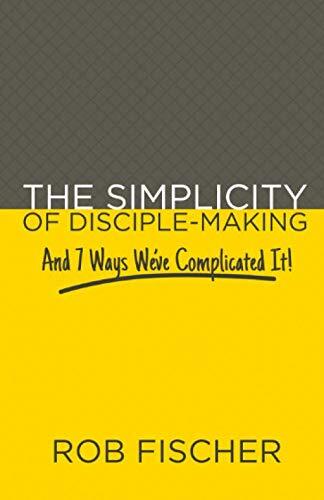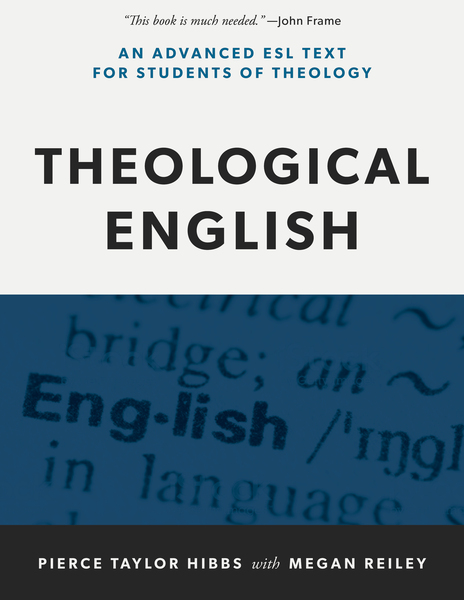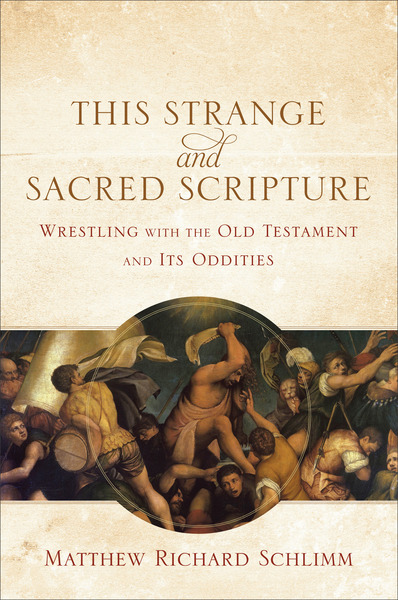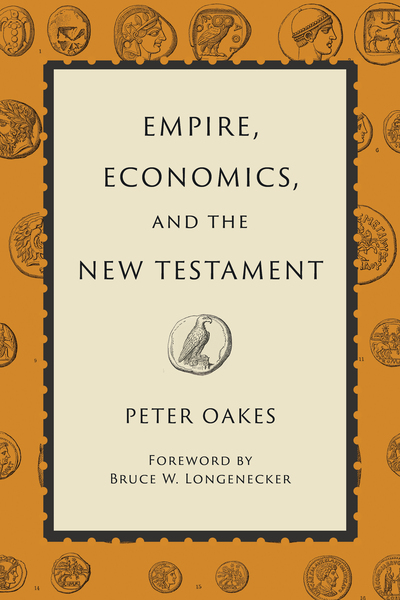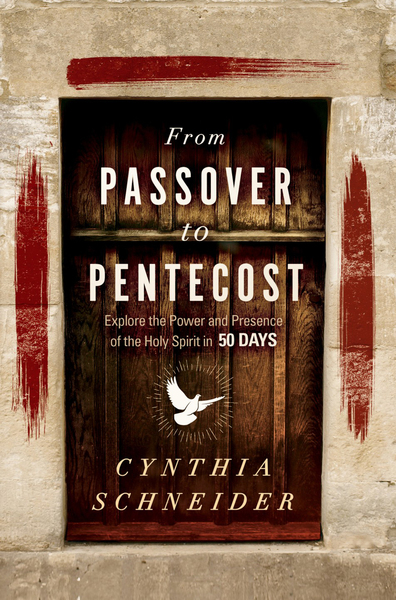

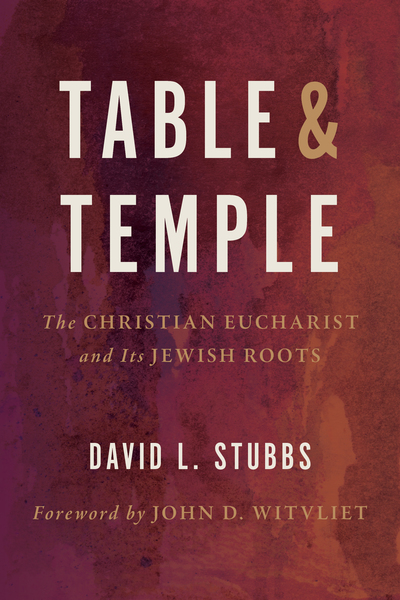

In most modern discussions of the Eucharist, the Jewish temple and its services of worship do not play a large role. They are often mentioned in passing, but they do little work in grounding, organizing, or explicating what is happening in the Eucharistic celebration.
In Table and Temple, David Stubbs throws light on the reasons for this neglect and shows the important role the temple and its worship played in the imagination of Jesus and his disciples about this central Christian practice. He then explores the five central meanings of the temple and its main services of worship, demonstrating their relationship to the five central meanings of the Christian Eucharist.
These central meanings of the temple itself, the daily, weekly and monthly sacrifices, and the three pilgrim feasts are linked to the history of salvation. Stubbs distills them to (1) the real presence of God and God’s Kingdom among God’s people, (2) thanksgiving for creation and providence, (3) remembrance of past deliverance, (4) covenant renewal in the present, and (5) a hopeful celebration of the feast to come. They provide a solid ground upon which to organize contemporary Christian Eucharistic imagination and practice. Such a solid ground not only expands our theology and enriches contemporary practice, but is also a means to bring greater ecumenical unity to this central Christian rite.




